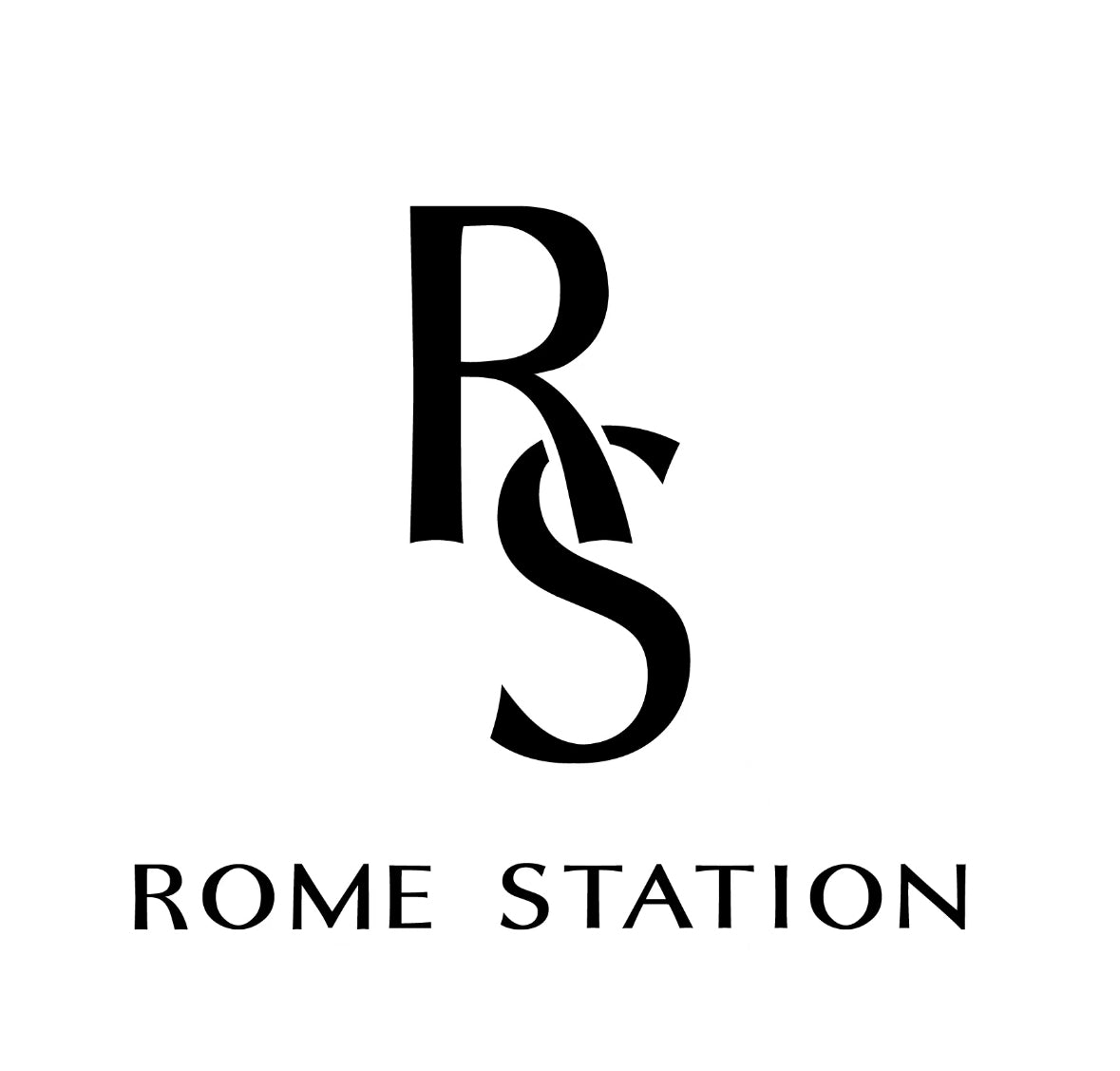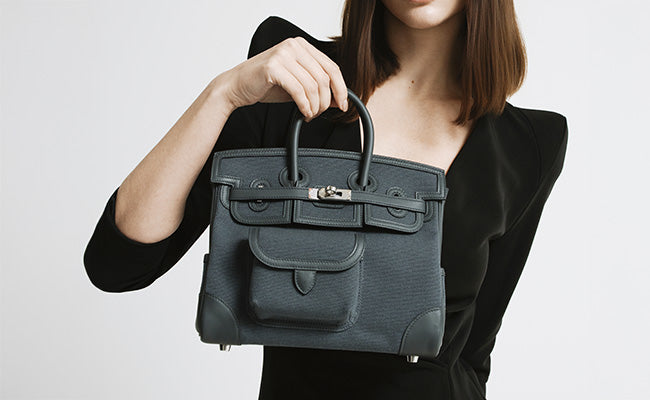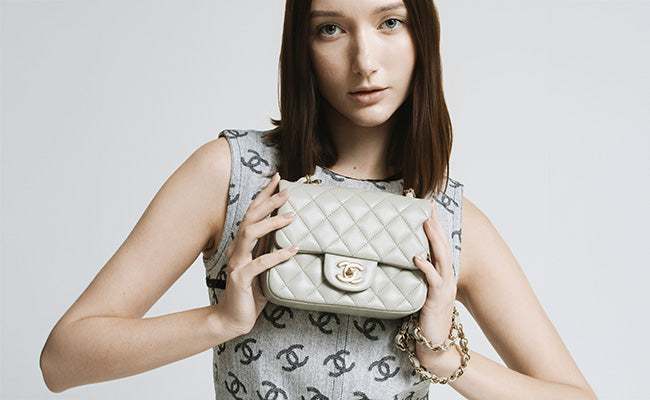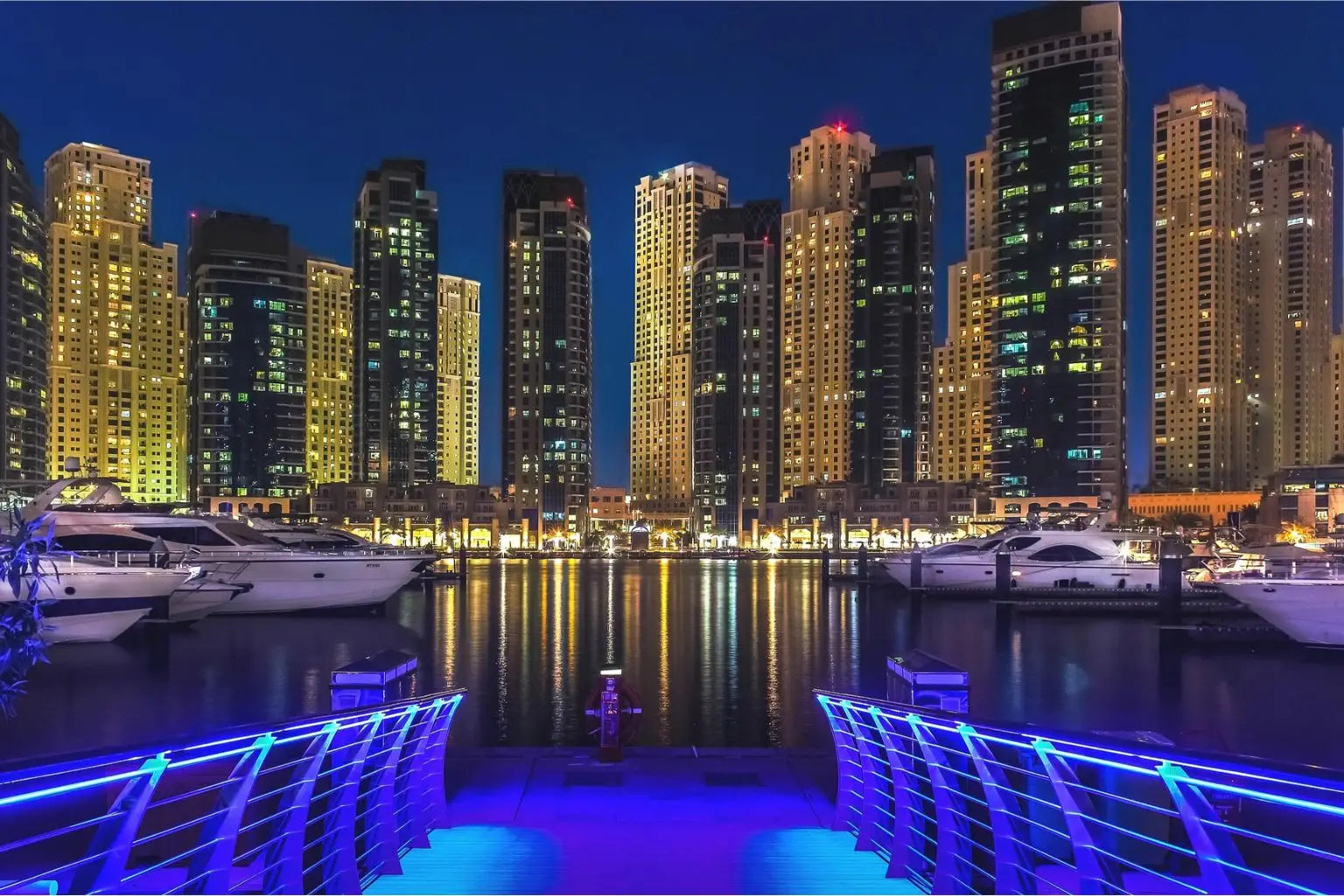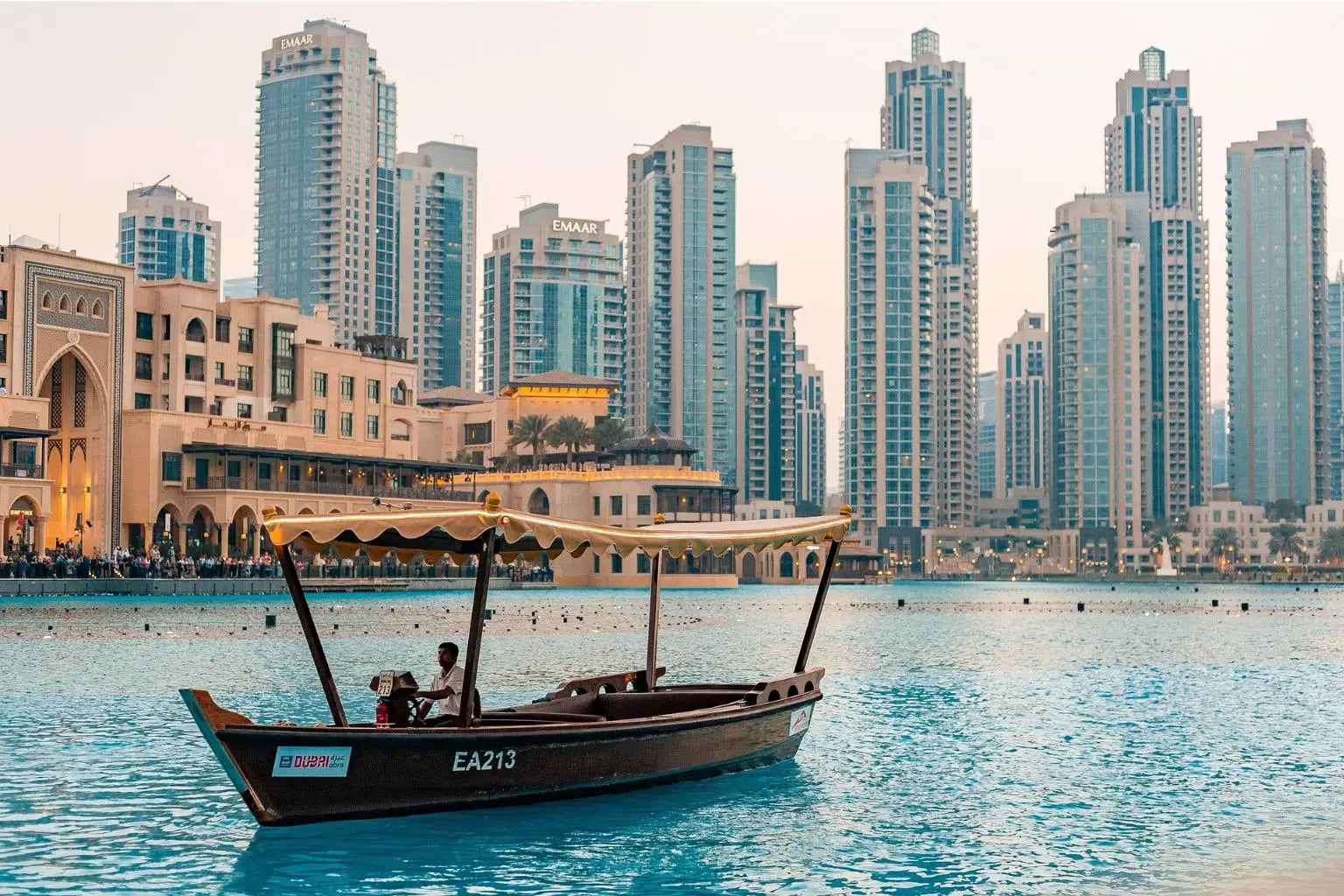
Ranking Luxury Bag Brands: Where Hermès Stands in Investment Potential
Check out our Hermès collection and Birkin bags!
When it comes to investing in luxury bags, not all brands are created equal. Hermès consistently tops the list for those looking to combine style with strong investment potential. Thanks to limited supply, iconic status, and high demand, Hermès bags have a reputation in the resale market that few can match.
Most of us have wondered if our dream bags are actually smart investments. Sorting through the choices isn’t always straightforward. Should we zero in on Hermès, or do other top brands stand a chance in terms of long-term value? Here’s a look at where Hermès stands among luxury brands for bag investments, and what really drives those numbers.
Key Takeaways
- Hermès bags usually offer the best returns among luxury brands.
- Several factors shape a bag’s investment potential on the resale market.
- Smart buying strategies can help us get more from our luxury bag collections.
Luxury Bag Brands as Investment Assets
Luxury handbags from high-end brands have started showing up as alternative assets in many portfolios. Knowing what drives their value, and how they stack up next to stocks or real estate, can help us decide if it’s worth picking a bag with investment returns in mind.
What Makes a Handbag a Good Investment
It really comes down to brand reputation, rarity, and condition. Hermès, Chanel, and Louis Vuitton lead because of exclusivity and demand. For some models, like the Hermès Birkin, limited supply and those infamous waitlists make them even more desirable. Limited editions or discontinued styles? Collectors chase after those.
Provenance matters a lot. Things like original receipts, authenticity cards, and dust bags can bump up resale value. Bags in pristine or unused condition fetch higher returns, almost without exception. Neutral colours and classic shapes tend to hold their value better than seasonal or trendy options.
Comparing Bags to Traditional Investments
Designer bags and traditional assets, like stocks, are just different animals. Stocks are liquid and fluctuate daily, but luxury handbags can take time to sell and usually need the right buyer or auction. Still, some bags appreciate faster than many stocks or even gold.
Here’s a quick side-by-side:
| Asset Class | Liquidity | Typical Appreciation | Volatility |
|---|---|---|---|
| Hermès Birkin | Low | 10-15% yearly | Low |
| Tech Stocks | High | 7-10% yearly | High |
| Real Estate | Medium | 3-5% yearly | Medium |
Sure, a Birkin won’t pay dividends, but it usually doesn’t crash in value when markets dip. Storage and insurance are part of the deal, but hey, carrying a Birkin to brunch now counts as research.
Fashion Resale Market Overview
The fashion resale market has exploded over the last ten years, with online platforms making luxury bag trading way more accessible. Sites like Vestiaire Collective, The RealReal, and Fashionphile have made it safer to authenticate and resell.
Demand is highest for bags in excellent condition with all the original extras. Hermès leads the pack, with some Birkins and Kellys selling above their original prices, even after years.
Regional tastes affect resale values, and trends can change quickly. Staying in the loop on the resale market helps us decide which bags to keep, and which ones to move on from.
Hermès: The Pinnacle of Handbag Investments
Hermès keeps outpacing every other luxury bag brand in terms of value and demand. While other labels’ new releases can be hit or miss, Hermès pieces have turned into reliable assets thanks to their exclusivity, artisan skill, and that certain cultural magic.
Why Hermès Bags Hold Their Value
Very few bags in the world get auction results like Hermès. Classic models often sell for well above their original retail prices, especially in top condition. Resale platforms show stable or even rising values for the most wanted colours and sizes.
Here’s what really helps protect value:
| Factor | Impact |
|---|---|
| Limited releases | Scarcity drives price |
| Timeless designs | Stay in demand |
| Brand reputation | Buyers trust Hermès |
Owning one isn’t just a splurge, it’s a move backed by years of market data. Collectors often hedge their investments with Hermès, knowing these bags can quietly gain value year after year.
The Birkin and Kelly Mythos
The Birkin and Kelly bags aren’t just famous, they're iconic. We’ve all heard about the waiting lists and seen celebrities treat their Birkins like trophies. These two models are pretty much the gold standard for handbag investments.
Their stories are tied to legends: Grace Kelly for the Kelly and Jane Birkin for the Birkin. Each bag has its quirks and details that collectors obsess over, from hardware choices to rare leathers. What really fuels their myth, though, is the sense of achievement you get from actually getting one, it almost feels like getting into an exclusive club.
Their reputation isn’t just hype. Auction numbers for rare colours or “special order” versions keep breaking records. For a lot of us, the Birkin and Kelly are the ultimate prize, both culturally and as investments.
The Role of Rarity and Craftsmanship
Hermès keeps supply tight by producing limited quantities each year and rarely sharing production numbers. That scarcity has real economic value; fewer bags on the resale market means prices stay high for the right ones.
Every bag is made by a single artisan, sometimes taking more than 20 hours. Materials like Togo, Epsom, or exotic skins add another layer, and custom or rare colours make competition even fiercer. We all like a bit of exclusivity, but with Hermès, it’s carefully crafted.
That blend of rarity and meticulous work isn’t just for show. It’s the backbone of Hermès’ reputation and a big reason these pieces tend to keep and grow their value.
Comparing Top Luxury Bag Brands by Investment Potential
Luxury handbags have become a real part of alternative investing. Hermès sets a high bar, but a few other brands also show strong resale gains and varying degrees of long-term value.
Chanel: Staying Power and Value Trends
Chanel’s classic Flap and Boy bags are icons, no question. Over the last decade, some styles, like the Classic Double Flap in caviar leather, have seen steady price hikes from Chanel and consistent demand on resale sites.
Historical resale values show Chanel bags often keep 60% to 100% of their original price, depending on model and condition. As Chanel bumps up retail prices, secondhand prices usually follow. Chanel also keeps supply tight by only selling certain models in boutiques.
Collectors should watch out, though, seasonal pieces can lose value quickly. The safest bets are classic materials, black or neutral colours, and hardware like gold or ruthenium. Chanel isn’t quite at Hermès’ level for ultra-rare pieces, but it’s up there for brand recognition and resale activity.
Louis Vuitton: Classics and Collectability
Louis Vuitton is instantly recognizable. Monogram pieces like the Speedy, Neverfull, and Alma have stood the test of time and are still hot on the resale scene.
Lately, Louis Vuitton has raised prices and limited some bag releases, which boosts the resale market for classic and limited-edition models. Unique collaborations, especially with artists or designers, can go for more than retail.
Most Louis Vuitton pieces keep 50% to 80% of their purchase price if they’re in good shape. The brand’s bigger production numbers mean some styles are everywhere, so rare and vintage pieces usually perform best. Louis Vuitton’s strong reputation and constant new releases keep it in the mix.
Other Contenders: From Gucci to Dior
Gucci and Dior have bounced back into the spotlight lately. Dior’s Lady Dior and Saddle Bag have become collectibles after reissues and star-studded campaigns.
Gucci’s Marmont and Jackie lines are popular for their updated vintage vibe. These brands usually offer resale values between 40% and 70% of retail, but trends and seasonal designs make values swing more.
Collaborations with artists or celebrities, or limited runs, tend to do better long-term. Neither brand reaches the high retention of Hermès or Chanel classics, but certain models and rare releases still get collectors talking. Flashy marketing and a steady stream of “it” bags keep both brands in the conversation, even if results are less predictable.
Factors That Influence Bag Value on the Secondary Market
Not all luxury bags hold their value equally. Several factors shape resale pricing. Knowing what makes one bag command thousands more than another can help us make better buying and selling decisions.
Brand Reputation and Heritage
A brand’s reputation is more than a logo. It’s built on history, consistency, and shaping trends over decades. Hermès, Chanel, and Louis Vuitton keep leading secondary market prices because of their deep reputations.
Heritage brands give buyers confidence their purchase will stay desirable as trends shift. A Birkin or Kelly isn’t just a bag, it’s a cultural icon, globally recognized for quality and exclusivity. When we buy into these brands, we’re tapping into years of prestige and trust.
Newer brands might get a hype boost, but it rarely lasts like the old houses. For collectors and resellers, that kind of reputation usually means less risk of sudden value drops.
Limited Editions and Exclusivity
Scarcity is powerful. Hermès is famous for limited production and long waitlists. On the secondary market, those rare pieces see the sharpest price jumps.
Examples of what drives exclusivity:
- Limited runs
- Special collaborations or artist editions
- Discontinued colours or hardware
A limited edition Birkin or a rare Chanel Piece Unique isn’t just tough to find, it becomes a global collector’s target. Once a bag is discontinued or a style is retired, value often climbs as buyers rush to secure their piece of fashion history.
Simply put, the rarer the model, the more competitive the resale market, and the higher the prices for those lucky enough to own one.
Condition and Authenticity
Nobody wants to drop serious cash on a bag that’s falling apart, or worse, fake. On resale sites and at auction, condition can make or break a deal. Bags that are “like new” or “store fresh” get a premium.
Authenticity is a must. With counterfeits everywhere, reliable authentication and original receipts or packaging add real value. Many buyers won’t even consider a bag without proof.
Here’s what matters:
- Condition grades: Store fresh, unused, gently used, visibly worn
- Original packaging: Dust bag, box, third-party authentication
- Documentation: Receipts, original tags, certificates
A bag in top condition with pristine hardware and all its extras will almost always beat out a similar style that’s seen better days. If you’re holding for the long term, it pays to keep your bags well cared for and properly stored.
Hermès Versus the Competition: Investment Outcomes
Luxury bag fans know there’s real money in the resale market. Price appreciation, quick sales, and even celebrity drama all shape how our investment bags compare.
Price Appreciation Over Time
Hermès has shown stronger price appreciation than just about any other luxury bag brand. If you look at the numbers, Birkin and Kelly bags often outperform stocks and even gold, with annual increases between 8 and 14 percent in many markets. Limited editions usually see the biggest jumps.
Compare that to Chanel and Louis Vuitton. Recent numbers show Chanel Flap Bags average about 7 percent appreciation per year, while Louis Vuitton usually lands lower, around 3 to 5 percent. Here’s a quick look:
| Brand | 5-Year Avg. Annual Appreciation | Notable Bags |
|---|---|---|
| Hermès | 10–14% | Birkin, Kelly, Constance |
| Chanel | 6–8% | Classic Flap, Boy |
| Louis Vuitton | 3–5% | Speedy, Neverfull |
If we’re talking pure returns, Hermès is hard to top for long-term gains.
Liquidity and Sell-Through Rates
Liquidity’s all about how fast you can turn a bag into cash at a fair price. Hermès bags, especially Birkins and Kellys, move quickly if you price them close to recent comps. Global demand and tight supply help a lot.
Chanel bags have plenty of fans, but since they make more of them, sellers face more competition, so sales can drag out a bit longer. Louis Vuitton is usually the slowest of the three, mostly because there are just more of them out there.
Some rough averages:
- Hermès: 1–4 weeks for the hot models
- Chanel: 3–8 weeks
- Louis Vuitton: 2–10 weeks
If you’re after speed and certainty, Hermès is the clear winner here.
Celebrity Influence on Resale Value
Celebrities aren’t just showing off, they’re shaping the market. When someone like Victoria Beckham is spotted with a Birkin, watch how resale prices for similar bags jump. Social media only cranks up the effect.
Hermès gets the most reliable and high-profile celebrity attention. Chanel bags have their moments, but the “It-bag” status can fade as trends shift. Louis Vuitton sees bumps, mostly around big collabs, but not as dramatically.
Celebrity buzz can push prices up in the short term, but Hermès tends to hold those gains. When stars go for Hermès, everyone else follows.
Insider Tips for Investing in Luxury Bags
Not every luxury bag is going to make you money. It takes some homework, a sharp eye, and a bit of patience to spot the real winners.
Spotting Investment-Grade Pieces
Let’s be honest: most luxury bags won’t go up in value. Your best bets? Classic models, limited editions, or collabs with real brand history, think Hermès Birkin or Kelly. Condition is huge: bags in mint, unused shape, with the full set (dust bag, box, original receipt) always fetch more.
Small details can make a big difference. Special leathers, rare colors (like Hermès Vert Cypress or Rose Sakura), and hardware, rose gold, for example, can seriously boost a bag’s appeal and price. Always check year stamps and serials, and get proper authentication to steer clear of fakes.
Quick checklist for picking a winner:
| Criteria | Why It Matters |
|---|---|
| Limited Edition | Rarer, usually high demand |
| Excellent Condition | Higher resale, respected find |
| Special Leathers/Colours | More collectible, higher value |
| Full Set Accessories | Proof of authenticity |
Navigating the Waiting List Game
Getting your dream bag isn’t just about money. For most Hermès bags, especially Birkins and Kellys, there’s a waiting list or “wish list” at the boutique. Building a real relationship with a sales associate and showing you’re a loyal customer goes a long way.
Patience is key, honestly. Sales staff often prioritize regulars or those who’ve bought across categories, so maybe treat yourself to a scarf or two. Deliveries aren’t predictable, so timing matters.
Stay in touch with boutique staff and be upfront about what you want. A friendly, direct follow-up can keep you on their radar without coming off as too eager. Even seasoned collectors have to do the “waiting list shuffle” sometimes.
Getting the Most From Your Hermès Collection
Keeping Hermès bags in top shape is the smartest move, whether you’re in it for the investment or just the joy of using them. Good care and storage pay off, whether you’re carrying them or keeping them tucked away.
Storage and Care Best Practices
Store Hermès bags in their dust bags, out of sunlight and away from humidity. Cool, dry spots are best, fading and mildew are real threats. Don’t overstuff; it ruins the shape. For structured bags like the Birkin, use acid-free tissue or a soft purse pillow inside. Let bags air out now and then.
Quick checklist:
- Keep upright: Laying flat can cause creases.
- No hooks: Hanging by straps stretches leather.
- Zippers/hardware: Fasten gently, but don’t force closures.
- Cleaning: Soft, dry microfiber cloth is best. For tough stains, leave it to the pros.
How to Protect Your Bag’s Value
Keep original dust bags, receipts, and extras like locks or rain covers. Document your bags with photos and service records, it helps prove authenticity and condition if you ever decide to sell.
Never store bags with heavy or sharp stuff inside. Day-to-day, be extra careful in cars and restaurants, pens and food are the enemy. A bag organizer protects the lining. If your Hermès is high-value, insurance might be worth considering.
Skip the DIY repairs and conditioners. Professional care is the way to go if you want your bag to look good and hold its value. With Hermès, details really do matter.
Frequently Asked Questions
When you’re eyeing luxury bags as investments, the brand and even the specific model make a difference. Value retention, trends, and entry prices all matter for collectors sizing up Hermès and its rivals.
What are the top luxury bag brands that rival Hermès in terms of investment potential?
Chanel and Louis Vuitton are usually the first names that come up. Chanel’s classic Flap and Boy bags, and Louis Vuitton’s Capucines and rare collabs, tend to hold value well.
Dior’s Lady Dior line and Goyard are also strong with collectors. Occasionally, rare Prada and Fendi styles do well, but it’s not as consistent.
Which specific Hermès models should I look out for if I'm considering bags as an investment?
Birkin and Kelly bags are the top picks for Hermès investment. Birkin 25, 30, and 35 are all popular, and rare materials or colors fetch even more.
Constance and Lindy bags are worth a look, but they don’t quite match Birkin or Kelly for resale power.
How do Hermès bags compare with those of Louis Vuitton when it comes to holding their value?
Hermès, especially Birkin and Kelly, almost always outperforms Louis Vuitton for resale and stability. LV Speedy and Neverfull are classics, but they’re everywhere, so they don’t spike in value as much.
Limited-edition LV or collab pieces can sometimes keep up with lesser Hermès models. Overall, though, Hermès leads for long-term value.
Can you list some designer bags that are great investments and still under $2000?
Chanel’s Wallet on Chain, the LV Pochette Metis, and some Goyard totes can sometimes be found under $2000 and have solid resale reputations. Prada’s Re-Edition 2000 and some Saint Laurent Lou Camera bags also fit.
Market trends and availability can push prices up, especially for rare colors, so timing is everything.
What makes a luxury bag a worthwhile investment, and are there specific criteria to consider?
You want brand prestige, rarity, limited editions, great craftsmanship, and quality materials. Bags with high demand, controlled distribution, and a record of price hikes do best on the resale market.
Condition counts for more than you’d think, even small flaws can hurt your return. Special colors and exotic leathers add value, but they can be trickier to sell fast.
Are there any luxury bags that are notorious for having poor resale value?
Most high-volume contemporary bags like the Gucci Soho Disco, Burberry canvas totes, and Coach’s newer releases lose value pretty fast on the resale market. Michael Kors and Tory Burch bags rarely hold value, unless you stumble on a super limited edition.
Seasonal or super trendy bags, doesn’t matter which brand, just don’t do well if you’re thinking long-term. If future returns matter, classics are honestly the safer bet.
